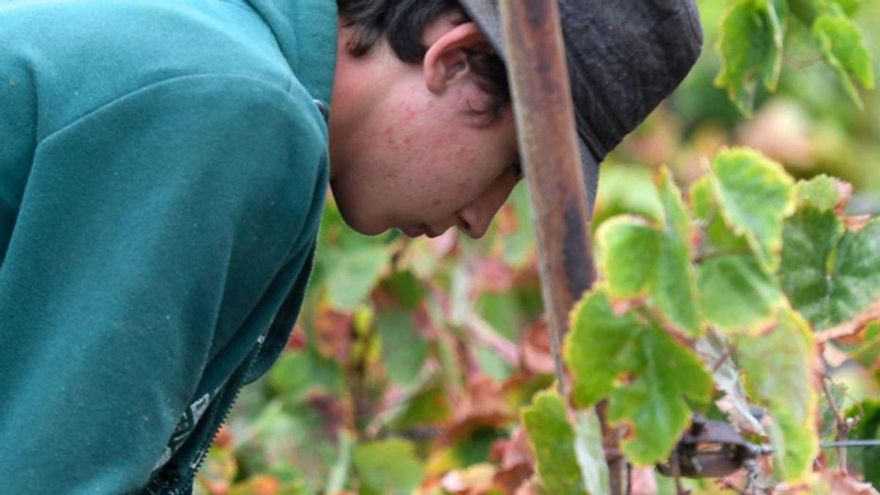The Tenerife Cabildo government approved a credit modification on 23 July to allocate an additional €842,158.96 to the tertiary treatment at the Valle de la Orotava wastewater treatment plant. This change was justified by a report that describes it as “priority and urgent,” which the Socialist Group claims proves that Vice President Lope Afonso (PP) “lied” when he presented the completed works at this facility as crucial for advising the public about swimming again at Playa Jardín.
The report, dated 30 July, clarifies that the €842,158.96 would be used for “the potential settlement of the previous waste management contract (the fee for the UTE Vertresa). However, this settlement is linked to legal issues that must be resolved first, and due to their scope, it is not feasible to address them in the remaining fiscal year. Therefore, these credits cannot be used for this purpose.”
Additionally, the supporting report refers to another document from 26 June provided by the Insular Water Council, sent to the public company Balten, which is responsible for treating and pumping water for agricultural irrigation to the La Cruz Santa reservoir. This document proposes the execution of this “emergency work” which had previously been suggested by the company itself “to include a tertiary treatment system” in the plant.
For the PSOE, this makes it clear that the work was neither completed when Lope Afonso linked it to the return to “normality” at Playa Jardín, nor did it have a direct relationship with the discharges that prevented recommending swimming for a year. The new works require not only the €842,000 but also a completion time of 22 months, nearly two years.
The document precisely outlines the issues the treatment plant was facing: “Considering the need to recycle the backwash waste from ultrafiltration and clean the disc filters of the new tertiary treatment, a technical study is requested from Aqualia, as the operator of the treatment plant, for the Insular Council to evaluate the functioning of the water line formed by the lamellar clarifier and the biofiltration biocarbon.”
Issues with Suspended Solids
On 9 June, a report was received with the following conclusions: “The installation presents an operational imbalance in the primary lamellar clarification system and the biocarbon biofiltration, mainly due to excessive accumulation of suspended solids recycled from the biofilters’ wash water.”
Furthermore, “the low performance of the primary clarifier (38.9% compared to the possible 56-60%) causes an inflow of suspended solids into the biofiltration exceeding the recommended limits (>150 mg/L), resulting in a negative cycle of increased wash frequency, higher return volume, and continuous overload of the system.” The primary clarifier also operates as a thickener for sludge, with the extracted sludge concentration being excessively high. Meanwhile, “the volumetric loads of suspended waste (initial values that raise alarms: SS) exceed the recommended values, causing premature clogging, increased wash frequency, and reduced biological performance.”
This report also points out that incorporating “a dissolved air flotation (DAF) system in the wash water return line of biofilters would significantly reduce the concentration of these recycled waste, deconcentrating the water line.” Moreover, “it would improve the performance of the primary clarifier to values around 60%, progressively reducing the concentration of such waste entering the biofiltration to acceptable levels.”
It also argues that “the returns from the advanced tertiary treatment contribute to the overload of these wastes, thus a treatment through DAF is likewise required for these flows before reintegration into the main line.” For all these reasons, the Insular Council concludes that “to prevent overload in the biofiltration system due to the incorporation of the rejects from the tertiary treatment, it is essential to subject the return flows to prior treatment before their reintegration.” According to the report from Aqualia, the appropriate equipment for processing this type of sludge is a dissolved air flotation (DAF) system, considering the technical analysis conducted and prioritising availability and efficiency.
Earlier this month, the PSOE denounced that an official Balten document dissociates the works carried out at the Playa Jardín treatment plant and notes that “hardly any treated water has been raised to the La Cruz Santa reservoir (…). If the announcements had been true, between 10 June and 25 August 2025, at least 495,000 cubic metres of regenerated water should have been pumped, whereas barely 12,000 cubic metres have been surpassed during that period.”
Therefore, according to their conclusion, the recommendation to resume swimming at Playa Jardín since mid-June occurred “without any structural solution having been executed and without explaining to the public what had happened, what was causing the contamination of the bathing waters, and much less what had changed to warrant the parameters obtained by the General Directorate of Public Health enabling the recommendation for use when the structural solutions remain unexecuted.”














